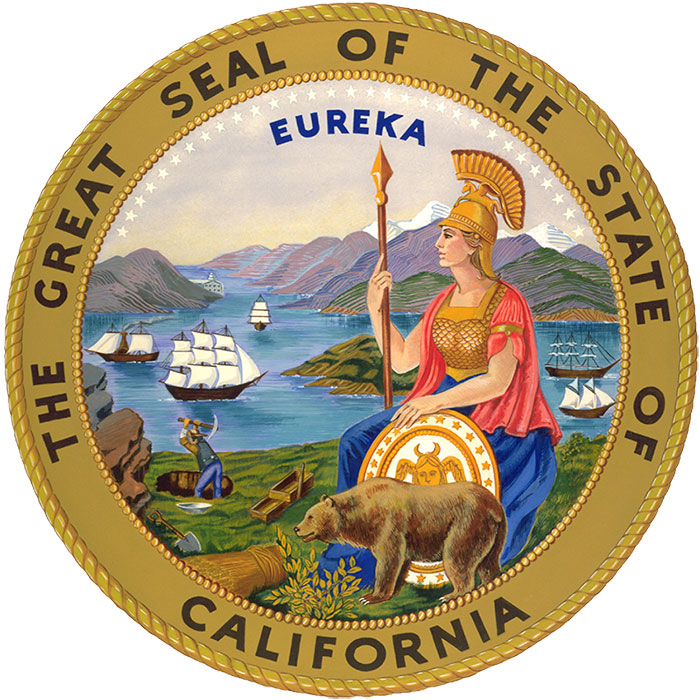“I was approached as to whether this was feasible, and from that conversation, we began our search for a candidate,” Senior Manager of Heritage Operations Ed Dickens says. He was asked if the steam crew was interested in adding such an engine and if would be feasible to operate the locomotive in the same service that UP operates its two other steam locomotives. “Knowing the infrastructure of the UP, I felt this was something that could be done,” he adds. “The opportunity is right.”
The railroad, which operates 4-8-4 No. 844 and 4-6-6-4 No. 3985 as public relations and goodwill ambassadors for its far flung railroad system across the Western U.S., plans to add Big Boy No. 4014, which has been owned by the Southern California Chapter of the Railway & Locomotive Historical Society since 1961 and on display at the Los Angeles County Fairgrounds in Pomona since 1962.
UP’s 25 Big Boys, built in 1941 and 1944 for fast freight service on the transcontinental railroad and last operated in 1959, were among the largest steam locomotives ever built at 133 feet in length and 400-tons of weight. Eight survive on display in Scranton, Pa.; Green Bay, Wis.; and locations throughout the West.
Dickens declines to discuss the terms of the deal between the railroad and the railroad club, but says specifics will be announced soon.
Dickens says he looked at other survivors but 4014 soon became the front-runner because its boiler barrel is in excellent condition. “There’s some pitting, but overall it is in extremely good shape,” he says. “The interior of the boiler is like a time capsule. I could see writing on the steel and as I worked my way inside it during an inspection, I could see a fuseable plug that looked like it had been removed yesterday, but it hadn’t been.”
The 300-psi pressure vessel that constitutes the Big Boy boiler is critical and its display in a relatively dry climate meant the locomotive has little damage from rust and condensation over the years. “On a lot of museum or display locomotives, you see moss or grass growing out of the jacket,” he says. “That’s not the case here.” The engine is also largely intact, down to nozzles for the injectors. Much of the air brake system is intact, which will make easier the dead-in-tow move 1,200 miles from Los Angeles to the steam shop in Cheyenne later this year.
Removing the engine from the fairgrounds will involve using panel track to work across a parking lot for about 5,000 feet to reach a live track, a nighttime move onto Metrolink, and a visit to UP’s shop at West Colton for inspection and public display. The engine’s trip to Wyoming will take place in daylight on a published schedule with display stops. That move will likely take place later this fall.
Restoration could take five or more years while UP maintains and operates 844 and 3985, Dickens says.
Addressing where the restored Big Boy engine can operate, Dickens says in regular service the engines were cleared to operate to Los Angeles and into Idaho, but stuck to their Ogden, Utah, Cheyenne, Wyo., Omaha territory with side trips to Denver. Today’s UP is in better shape, its junctions are designed for high speed operation, and the engine will likely see much more of the expanded UP system. “Look at where we went with the 844 with a 69,000-pound axle loading,” he says. “We went a lot of places on the railroads that are now part of the UP that never saw a big engine like this before.”
As to oil firing the locomotive type that traditionally burned coal, Dickens says he is confident the Big Boy can successfully be converted while still getting maximum life from its firebox sheets. He figures the locomotive, as an oil burner, is capable of developing a whopping 7,200 hp.
“It’s an exciting project, and we’re proud and honored to be doing it,” Dickens says.













